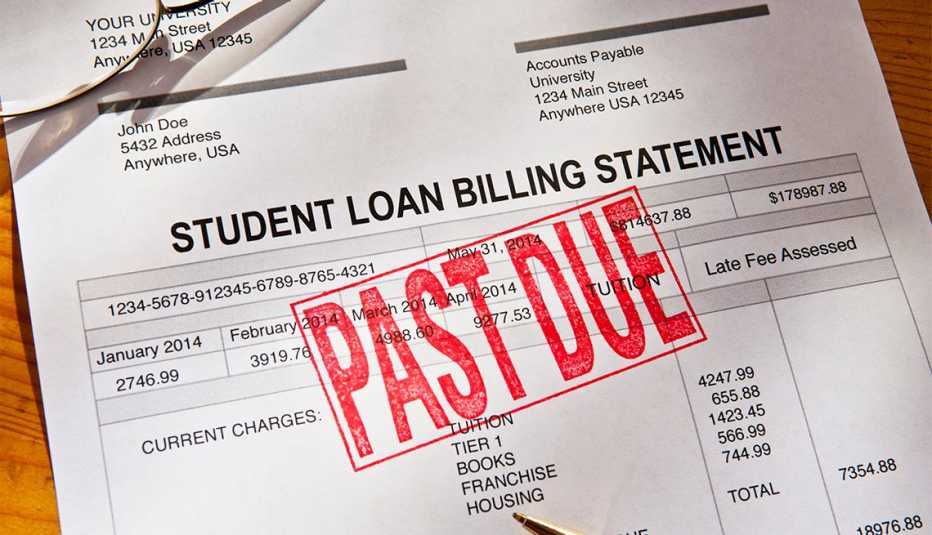I'm still confused. Which student loans get the zero percent interest rate?
The zero percent loan rate applies to federal student loans owned by the Department of Education and includes:
- Direct Loans (defaulted and nondefaulted)
- Some Federal Perkins Loans
- Some Federal Family Education Loans (defaulted and nondefaulted)
See more Health & Wellness offers >
Federal Family Education Loans (FFEL) were made prior to 2010. The FFEL program includes Stafford loans, whose interest is paid by the government while the student is in school or in grace periods, and nonsubsidized Stafford loans, whose interest isn't paid by the government.
The zero percent loan rate also includes Direct Consolidation Loans as well as PLUS loans, which allow parents to borrow for their dependents’ undergraduate and graduate education.
Are there any student loans that don't get a zero percent interest rate?
Yes. Some FFEL loans are owned by commercial lenders, and some Perkins Loans are owned by the schools themselves. Those loans, and any other loans not owned by the Department of Education, are not covered by the CARES Act.
I have no idea who owns my loan. How do I find out?
You can find a list of student loan servicers for loans owned by the Department of Education online. The servicer is the company you send your monthly payment to. If you do not know who your servicer is or how to contact them, contact the Department of Education through StudentAid.gov or call 800-433-3243.
My loans aren't owned by the Department of Education. Is there anything I can do?
Yes. First, you can ask your servicer to lower your interest rate and/or suspend payments for a period of time. You can consider consolidating your FFEL loans owned by commercial lenders and your Perkins Loans owned by your school into a Direct Consolidation Loan, which would be owned by the Department of Education. However, this is an individual decision with potential negative consequences.
A loan consolidation would get you a zero percent interest rate until August 31, 2022 — but your balance and interest rate afterward could be higher than the loans you are currently paying. Consolidating your loan also resets the clock for any potential loan forgiveness. Be sure to ask your servicer how your loan balance, interest rate, and total amount to be paid would change if you consolidated into a Direct Consolidation Loan.
What about income-driven repayment (IDR) plans and Public Service Loan Forgiveness (PSLF)?
All student loans owned by the Department of Education are in forbearance, which means that you don't have to make payments again until after August 31, 2022. Your loan servicer should contact you with a reminder when payments need to resume. In the meantime, the pause in payments won't count against you. For income-driven repayments, the missed payments will still count toward your forgiveness. For PSLF participants, the missed payments will count as if you made them on-time as long as you have a Direct Loan and continue working for the qualifying employer during the forbearance period.
I'm in default. Do I get any relief?
If you're in default on your federal student loans, your wages, tax refund, and Social Security benefits including disability benefits won't be garnished during the forbearance period. In addition, your loans won't accrue interest during the forbearance period. Once again, private loans are not covered by the CARES Act.
I have the money. Can I keep making my student loan payments?
Pay Off Student Loans With Help From These Tips
Yes. If you want to continue making payments, those payments will be counted toward the principal of your loan, reducing your overall interest payments and ultimately paying down the loan faster.





































































More on money
AARP Answers: Medicare and the Coronavirus
The latest on free testing, telehealth, elective surgeries and moreAARP Answers: Social Security and Coronavirus
The latest on monthly benefits, stimulus checks, office closures and more